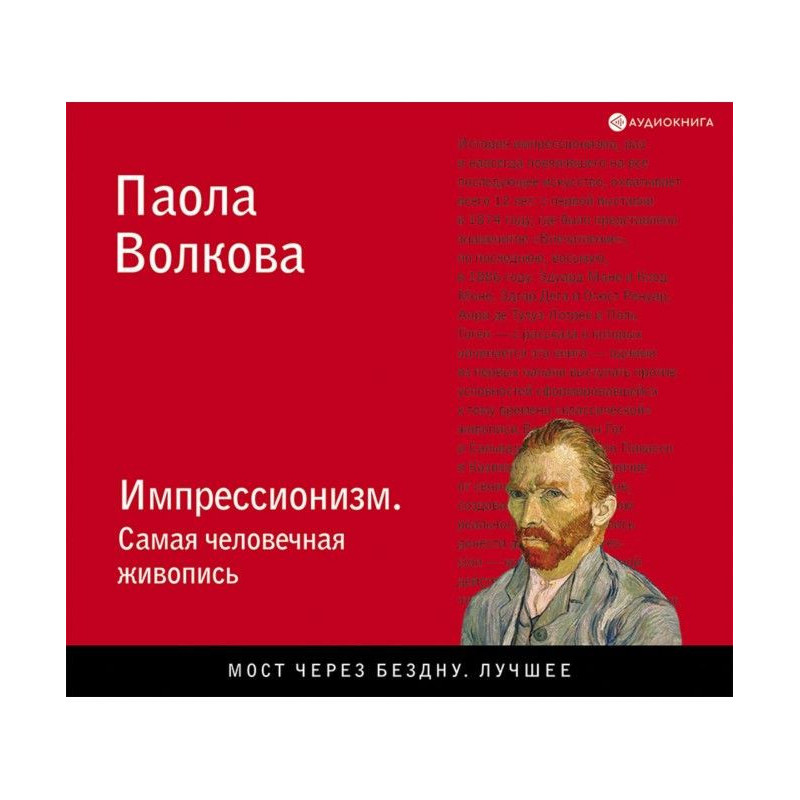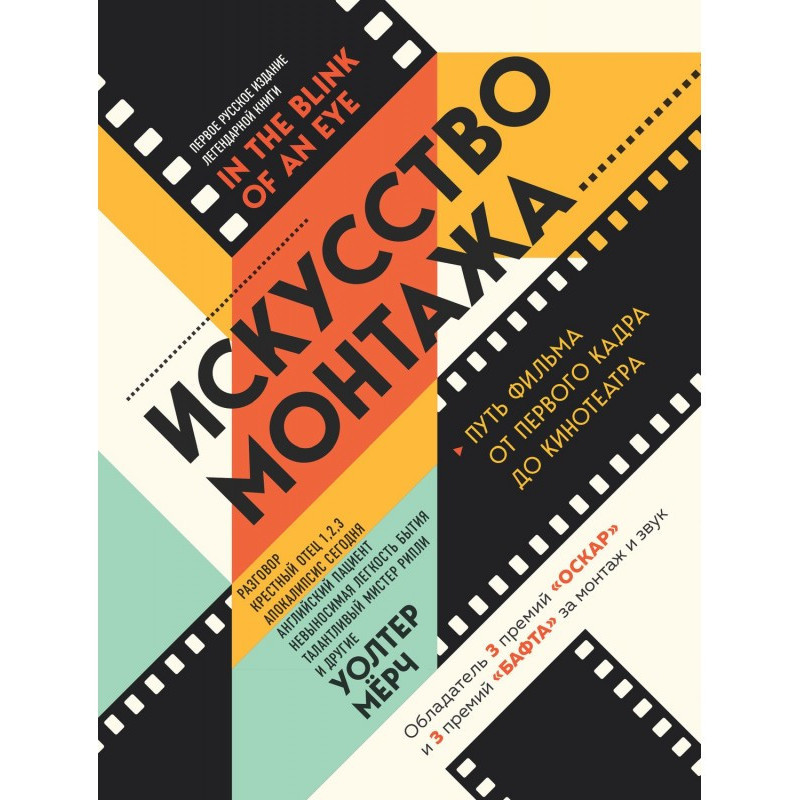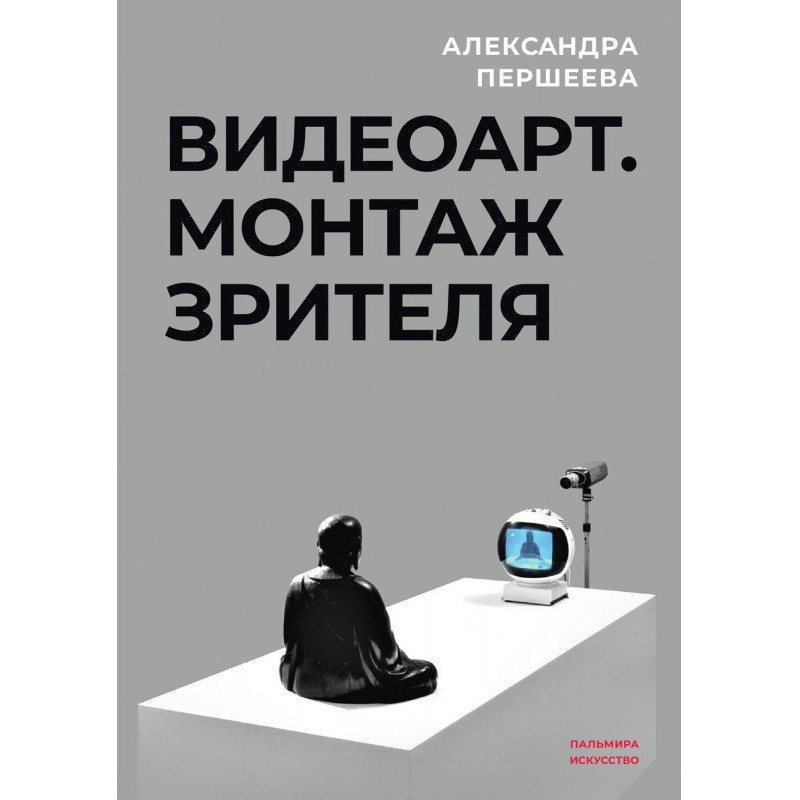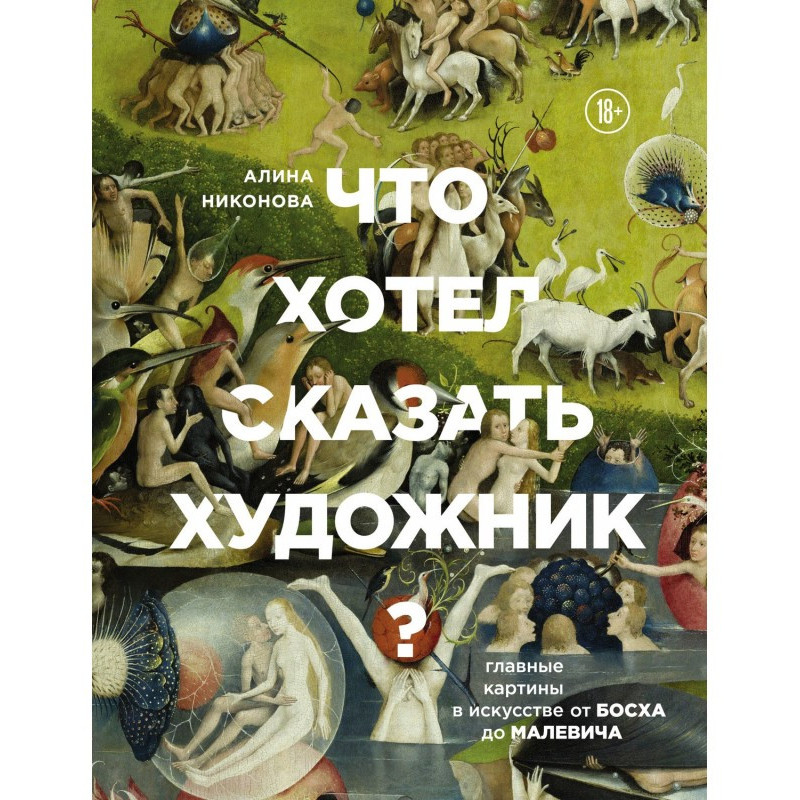Babylon and the Babylonian pandemonium. The Spectator in American Silent Film
 Instant download
Instant download
after payment (24/7)
 Wide range of formats
Wide range of formats
(for all gadgets)
 Full book
Full book
(including for Apple and Android)
Since its inception, cinema has been shaped as a new public sphere, reflecting important social changes at the turn of the century, which were manifested not only in screen works, but also in spectator practices. This book by University of Chicago professor Miriam Hansen (1949–2011) explores the close connection between the rise of early American film audiences and the transformation of business and private life. In the first part of the study, the author, using the Babylon metaphor in the title, shows how cinema, in the process of creating “spectatorship,” solved the problem of integrating ethnically, socially and gender diverse groups into a single consumer culture. The second part is devoted to a detailed analysis of Griffith’s film “Intolerance”, from which it is customary to begin the modern relationship between the film and the viewer. In the third part, the author turns to the phenomenon of the movie star using the example of Rodolfo Valentino, analyzing his cult in the context of the commercial interests of Hollywood and the new feminine subculture.
Data sheet
- Name of the Author
- Мириам Хансен
- Language
- Russian
- Translator
- Нина Александровна Цыркун
Reviews
Вражаюче дослідження кінематографічної культури!
Книга "Вавилон і вавилонське стовпотворіння" є справжнім відкриттям для всіх, хто цікавиться історією кіно та його впливом на суспільство. Міріам Хансен майстерно аналізує, як раннє американське кіно стало не лише формою розваги, а й важливим соціальним явищем, яке відображало та формувало культурні зміни свого часу. Її дослідження про інтеграцію різних етнічних, соціальних та гендерних груп у єдину аудиторію є надзвичайно актуальним і важливим у контексті сучасних соціальних питань. Особливо вражає глибокий аналіз фільму "Нетерпимість" та його вплив на формування взаємин між фільмом і глядачем. Хансен також вдало підкреслює роль кінозірок, таких як Родольфо Валентино, у розвитку кінематографа та його комерційних аспектів. Ця книга стане незамінним джерелом знань для дослідників, студентів та всіх, хто цікавиться культурою кіно. Рекомендую всім!













